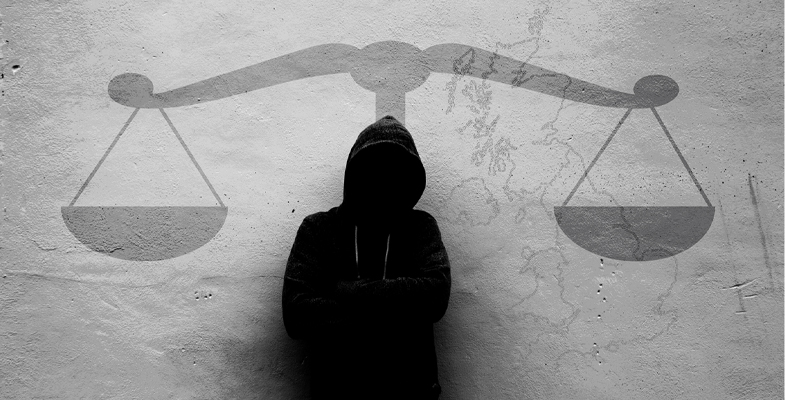1 Bad girls?
It is quite widely believed that offending behaviour by girls is getting worse, is more serious and probably more widespread than it was in the past. These beliefs are largely false (Bateman, 2017). It remains the case now, as in the past, that girls and young women commit fewer and less serious crimes than do boys and young men. It is also clear that girls and young women ‘grow out of crime’ more successfully and at a lower age than do young men. Fears that girls’ offending behaviour is getting worse are not supported by research data. The number of young women entering the youth justice system actually fell by 92 per cent in the ten years between 2008 and 2018 – a fall from 32,100 to around 2,600 (YJB, 2019).
The reasons for the popular belief that crime among young people, and particularly crimes committed by girls, has been rising are complex. The beliefs can be fuelled by wider social anxieties and a sense of panic about ‘the state of the country’. The way crime is recorded and reported in newspapers and other media contribute to these worries. For example, between 2003 and 2007 a government sponsored scheme to measure and improve police performance contributed to a belief that crime and offending behaviour by girls and young women was rising steeply. In this period there was a substantial rise in the number of girls entering the youth justice system in England and Wales. This rise in ‘first time entrants’ was more than twice the rate of increase for boys (35 per cent for girls against 16 per cent for boys). It turned out that this ‘unprecedented crime wave among teenage girls’, as it was reported in the media, was more the result of police arresting more girls and young women to meet the government’s targets for police performance than it was about the deterioration in girls’ behaviour (Nacro, 2008; Bateman, 2017). Because of these concerns about a female crime wave the Youth Justice Board commissioned a comprehensive report on girls’ offending behaviour and patterns of interventions. This report offers some insights and evidence about the criminal behaviour of girls and young women. These are the subject of the first activity.
Activity _unit6.2.1 Activity 1 Girls, young women and crime: get some facts
Using the Executive Summary of the report (p. 5) below fill in the blanks in the following statements from the drop-down menu.
Girls and offending – patterns, perceptions and interventions [Tip: hold Ctrl and click a link to open it in a new tab. (Hide tip)]
Discussion
Crime and offending among young women and girls is increasingly recognised as having distinctive patterns that are different from among boys and young men. Girls and young women commit less crime – and less serious crime – than do boys and young men, and offering them the same services or treating them the same as young men seems unfair.
Activity _unit6.2.2 Activity 2 Girls in youth justice
Using the ‘Summary of findings’ section of this government report on girls in the criminal justice system (p. 7), find the answers to the following questions.
Discussion
The report’s ‘Summary of findings’ provides insights into important features of youth justice by highlighting how 80 per cent of YOT caseloads involve boys and young men. It also reveals that the risk of becoming a victim of crime is different for girls and young women – sexual exploitation can be a serious risk for some of them. Boys and young men may also be at risk from this kind of harm, but they are also often at more risk of being harmed by violence from other men than are girls and young women, and it is important to recognise these differences.
This kind of detailed, gender specific evidence can lead to more appropriate and more effective support and intervention to reduce crime and victimisation among girls and young women. Without it there is a tendency to allow the majority experience of boys and young men to define services that respond to crime, offending and victimisation. This can leave girls and young women exposed to further harm and neglect.
The next section examines some of the key differences between girls and young women who offend and their male counterparts. Understanding these differences is important if services and interventions are going to respond effectively to their offending behaviour.

